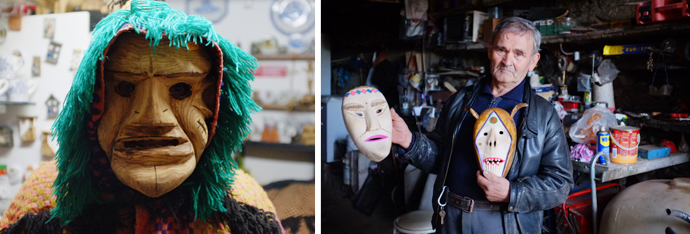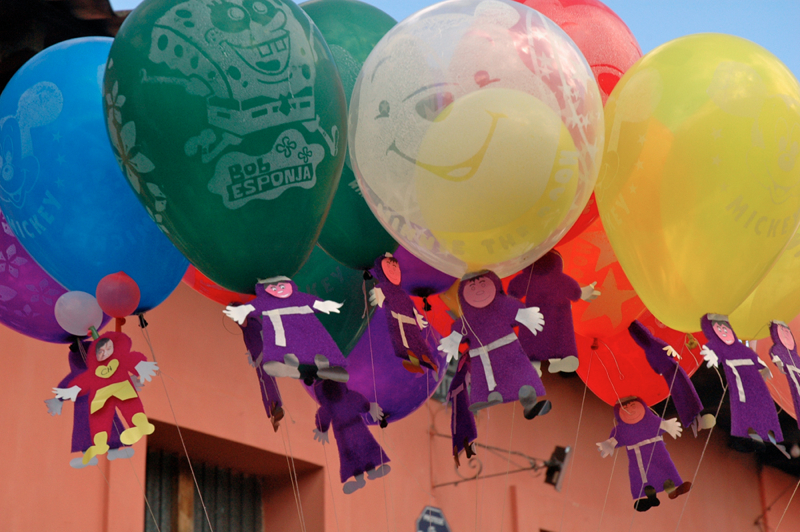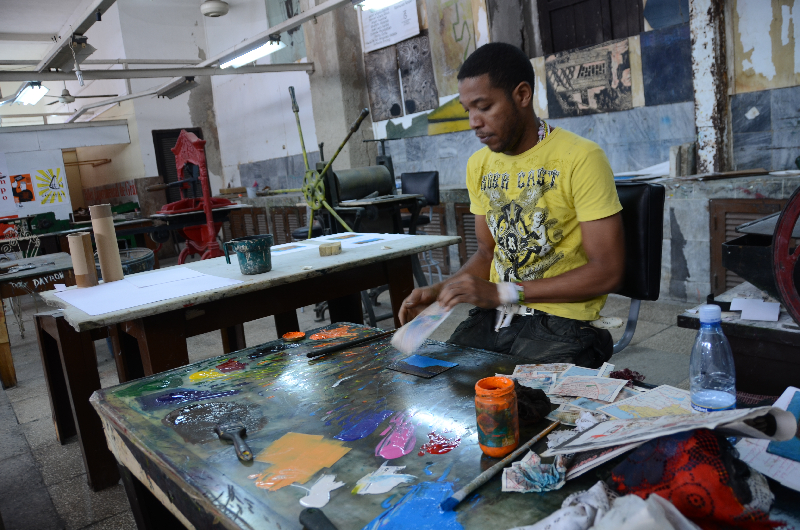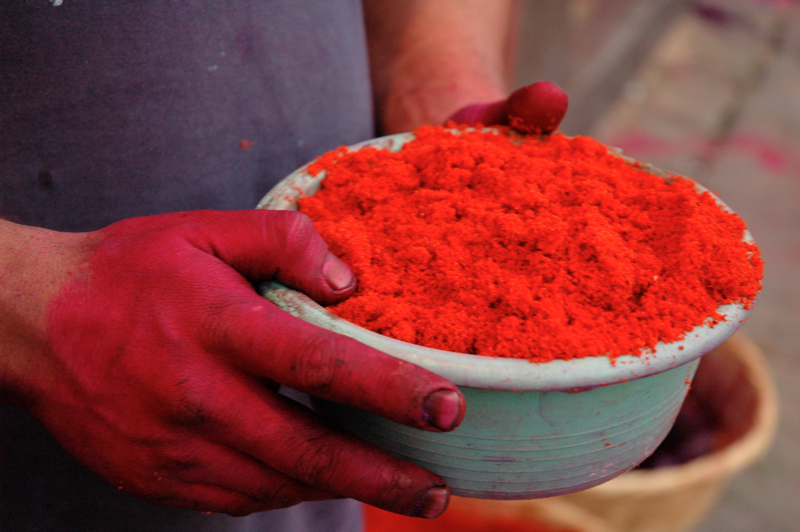
Tras-Os-Montes region in northeastern Portugal in the minds of many Portuguese has a reputation for being a remote part of the country, a region of many traditions and ancient beliefs, of pre-christian or syncretic festivals where participants dress in rustic, colorful costumes and wear frightening masks to ward off evil spirits in their villages. This was the region where I was drawn to this winter to witness of some of these rites. I found a region steeped in the strong pride of its traditions but with a welcoming warmth much like its hearty beef, pork, and chestnut dishes accompanied by deep red Douro wine which contrasted with its cold and often fog shrouded Terra Fria (cold uplands). Travel to and from Tras-Os-Montes region, due to its historic remoteness, requires time as the country’s network of highways is only now beginning to arrive to the main hub and largest city of the region, Bragança. This historic isolation has been both a blessing and a setback for the region. On one hand, the lack of opportunities for many families has caused a large outmigration from the region leaving many villages nearly empty. On the other hand, many of its traditions (intangible cultural resources) have survived the onslaught of globalization resulting in a unique cultural landscape that retains some special “gems†found nowhere else in Portugal if not the world. This post and some successive ones will cover some of these “gems†that I have had the opportunity and pleasure to witness.
In early winter many villages retain and still practice ancient pre-christian traditions of Os Caretos (mask wearers). Many villages have these mask wearing festivals that are still maintained by its artisan community. I travelled to some of these villages and had the opportunity to meet and interview some of these very talented artists. I would definitely like to thank Dr. Antonio Pinelo Tiza from Bragança, and author of Inverno Magico: Ritos e Mistérios Transmontanos among many other articles and books on the region, who provided me invaluable advice on numerous topics of the region.
In Bragança, I met with Amavel Antão who, inspired by the numerous mask making traditions in the region, has created stunning masks that represent the local folklore and legends. In the cold mountain town of Vila Boa de Ousilhão, I met Antonio José Fernandes do Vale (a.k.a. Tozé) who shared with me his techniques of mask making and the context of the carnival traditions in the village. In nearby Ousilhão, I met the youngest of all the artisans, Romeu Jorge Fernandes and was absolutely amazed at his skill and unique style that he has developed. Meeting him gave me a sense of hope that this tradition would not be lost. Some days later I had the opportunity to travel to Baçal to meet a very lively Senhora Maria Adelaide Pereira who showed me the colorful costumes and the thatch masks she had made for the revelers for the winter celebrations taking place a few days later. Finally I visited Salsas, south of Bragança where I met Senhor Manuel Antonio Cabral and his wife Senhora Ana da Conceição Afonso, both artisans who warmly invited me into their home and shared with me their craft. Senhor Cabral, a very skilled person and proud man of the earth, is now retired but still adds his unique style to the masks of the Salsas winter festivals. His style is unmistakenly unique as he captures frightening corpselike visages in his woodwork. Senhora Afonso has made her name as a highly skilled weaver and seamstress. She has woven the colorful costumes for many of the winter festivals over the years. She demonstrated for me the unique carder made by her husband to spin flax thread (flax which she herself had collected).
I was told by a young man in Bragança, “Em Tras-Os-Montes cada pessoa é um guia.†In Tras-Os-Montes everyone is a guide. I couldn’t agree more. Everywhere I went I found a proud people that were truly helpful, incredibly kind and very willing to share their traditions, their identity with others. The photos above are of the people and places mentioned in the post.




